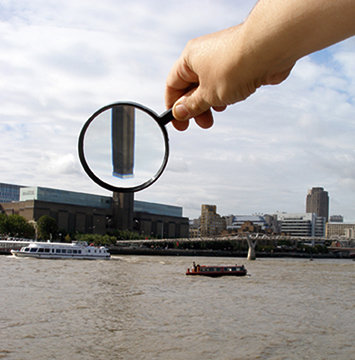Ingo Gerken
dal 15/5/2008 al 27/6/2008
Segnalato da
15/5/2008
Ingo Gerken
Gitte Weise Gallery, Berlin
Short moments of inner calmness. With a casual gesture, Gerken initially starts a process with a pointed surface, which presents the challenge of an accelerated association. Without committing himself to a subject, he designs aggressive spaces, which can be compared to permeable architecture with poetic floor plans that serve as solid assertions.

"Important must not be difficult, important can
also be easy", claimed a cultural scientist in a
radio interview one Sunday morning. The interview
that followed was about a good sense of humour,
the required depth and the respectful and
accurate eye for conditions that are required in
order to impart knowledge with ease. These
aspects also form the basis for Ingo Gerken´s
work. With "short moments of inner calmness", he
now focuses on just those fleeting moments, in
which the knowledge which has just been gained
dissolves into latent unrest again.
With a casual gesture, Ingo Gerken initially
starts a process with a pointed surface, which
presents the challenge of an accelerated
association. References and quotations soon
produce impulses as with a fine network of nerve
cords, enabling one idea after the other to flash
through one's mind; an artistic argument
technique, with which each emerging importance
crumbles back into triviality in the next moment.
Without committing himself to a subject, he
designs aggressive spaces, which can be compared
to permeable architecture with poetic floor plans
that serve as solid assertions. One searches for
a final conclusion without success however. On
the contrary, the focus is on the impersonal
dealing with exhibition conditions and the
intangible rubbing against internalized patterns.
In this form, the photographs, sculptures and
installations make comments on hierarchical
commensurabilities and perspectives, in which
private and social processes are always linked.
The individual is part of a system, whose
structures must be permanently verified. After
all, something always threatens to topple over,
dissolve or lose its balance.
This is also the case with "Tower Upside Down"
(2008) from the City-Works photo series, for
which Ingo Gerken, interferes with the facade of
the Tate Gallery in London. He separates the
tower from the rest of the building with a
magnifying glass. The optical refraction of the
lens, effectively as an additional camera lens,
dismantles and ruins the architectural signet and
at the same time projects it into the sky as a
form of castle in the sky - but upside down.
Detached from the facts, the artist appears to
have the power over one of the most influential
museums of modern art in his hand: and he really
does so for a short moment, and with a lot more
besides. The absurd situation, in which this icon
of what is happening in modern art, appears in a
new context. With its vertical exaggeration, it
exposes the critic in the institutions and the
modern age in their diverse conceptualities in a
form that is almost playful.
Not only the
architecture appears to be upside down, but also
the proportions and relations. For example, with
the overdramatic intervention in the image from
above, Gerken conscientiously flirts with the
genius of Michelangelo and disrespectively
paraphrases that primal finger of art history.
With this constellation, he self-ironically
forges a connection between time and space,
whilst at the same time undermining that which is
monumental. The Sistine Chapel and Tate Modern
are superimposed in an imaginary form like
graffiti in urban space for just a millisecond
before collapsing under their own monumentality.
The superlatives disappear in the same way, as
does a feeling of powerlessness when faced with
processes, which are perceived to be unchangeable.
Ingo Gerken reveals subversions with commonplace
objects and the simplest means; he gauges their
possible potential from a distance. A piece of
furniture is turned into a burst pedestal and the
starting point for the next balancing act, all
the parts, irrespective of their condition, form
a mutual system in which one cannot be sure of
the dominant tendencies.
Meike Jansen
Opening, Friday 16th May 7 pm
Gitte Weise Gallery
Tucholskystrasse 47 - Berlin
Tuesday to Saturday 11 - 6
Free admission



